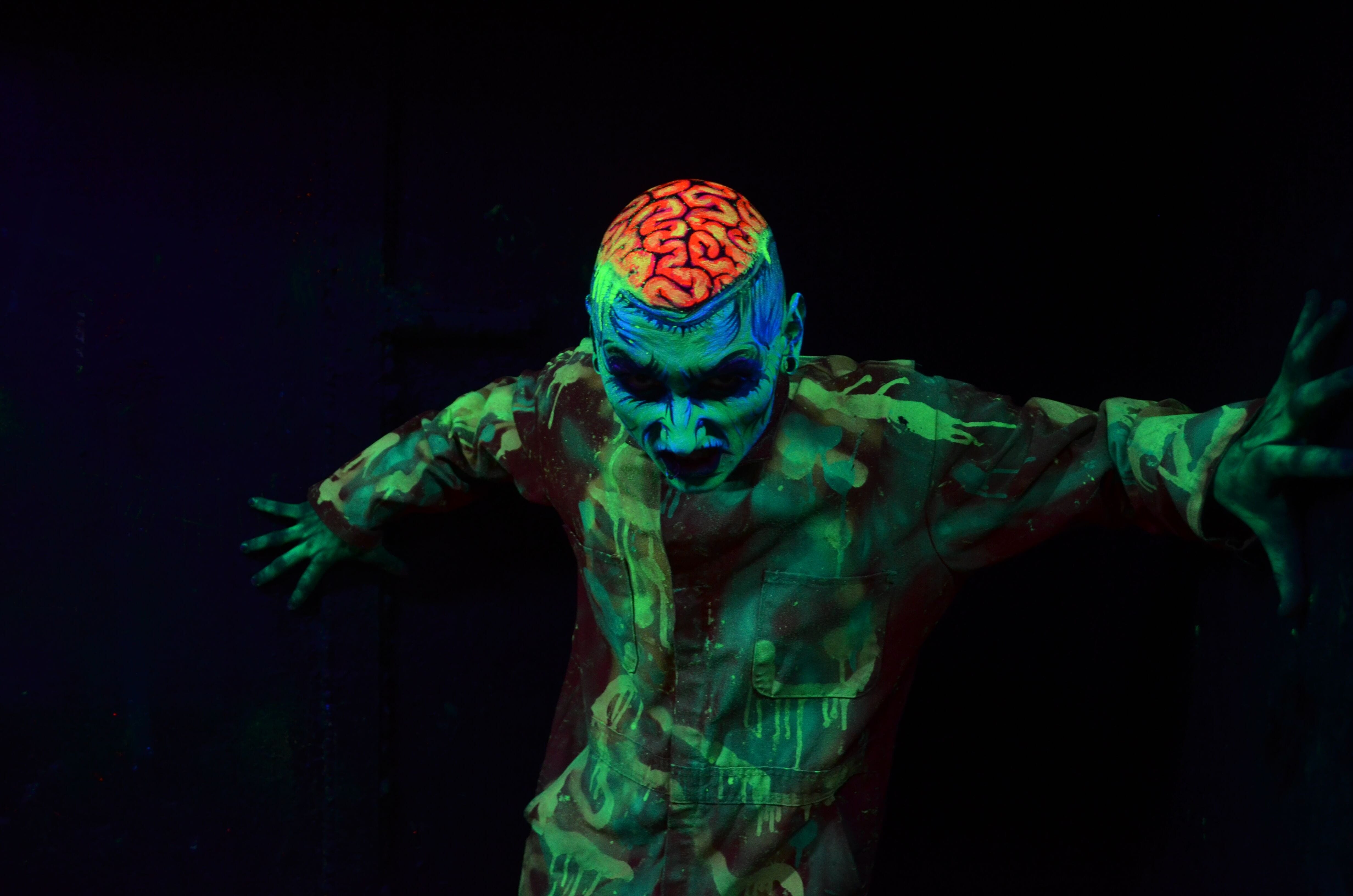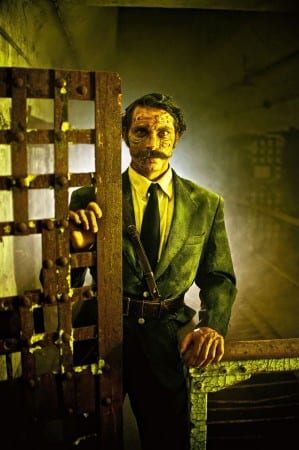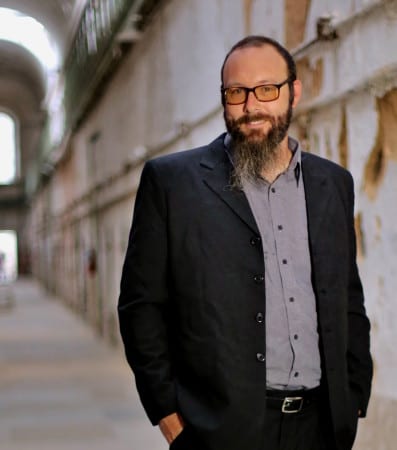On October 25, 1829, Eastern State Penitentiary admitted its first prisoner: Charles Williams, sentenced to two years for burglary. Nearly two centuries later, the historic building welcomes thousands of visitors through its doors daily — but under quite different circumstances.
Every fall, the hallways and cellblocks of the former prison and current museum transform into one of America’s largest and highest-rated haunted houses, Terror Behind the Walls. The attraction, located in Philadelphia, Pa., is one of 1,200 independent haunted houses in the U.S., which collectively grossed $300 million dollars last year and whose props put that bowl of “eyeballs” at your children’s elementary school to shame.
The nation’s top houses rival theme parks with theatrically lit custom sets, complex animatronics and high-quality sound and video. But while the fun may be short-lived, the production is far from quick or simple: Behind every scream is a team of ghoulish techs who imagine, design, and produce every detail that makes the spectacle possible.
We spoke with James Travis, the technical director at Terror Behind the Walls, to get a behind-the-scenes look at what it takes to bring your worst nightmares to life.
Plan Ahead — Far Ahead
Travis and his full-time team operate on a three-year timeline to ensure new ideas are plotted out far in advance. If the team wants to create an entirely new attraction, for instance, they can start by testing a couple of new props in year one and expand from there.
But the real nitty-gritty preparation for haunt season starts about a year in advance. Just last week, Travis met with the director of operations and the creative director to determine budgets and finalize major projects for Halloween 2016. That’s right — while you’re still scrambling to find a costume for this weekend, Travis’ team is already prepping for next year’s ghouls and goblins.
“[The timing] works out well, because our management team for the haunted house is still on staff,” says Travis. (In addition to the full-time staff at the Eastern State Penitentiary Museum, Terror Behind the Walls hires more than 200 seasonal employees for its six attractions across the 11-acre complex.)
“We do a big creative meeting with all of the attraction managers about what they would like to see next year. We’re very inclusive — we consider everybody’s ideas and look at what works with our master plan.”
High-Tech Fear Machine
By January, Travis and his full-time tech crew of five are ready to demo the previous year’s props and spec out the upcoming year. After drawing up their plan with Google SketchUp — modeling props, air lines and electrical — they ship it off to the architects, who finalize the design and send it to Philadelphia for building permits.
The attractions are a mixed feat of creativity and mechanical engineering, with custom animatronics, DMX lighting, 3-D technology, motion sensors and even beam detectors. (“Mission: Impossible style,” Travis jokes.) And with attendees interacting so closely with the set, no detail goes unnoticed.
“We’re similar to the set design for theater, but on a stage the viewers are set apart,” says Travis. “We have to be extremely detailed, because our viewers are just one or two feet away.”
This attention to detail reveals itself in the carefully crafted illusions and hidden surprises of the house. In one attraction called “Lock Down,” attendees encounter a chained metal box and a cramped, life-like “prisoner” inside. The team used multiple cylinders to rock the box and the dummy in multiple directions, making it appear as if the prisoner is trying to escape. In “Quarantine,” a 4-D, black-light attraction, the team planted a hidden, motion-activated UV snow machine to shower customers on their way to the set. When attendees enter the attraction minutes later, their skin is suddenly contaminated with spots from the the UV snowflakes — thus, the need to put them in “quarantine.”
“We’re on par with a lot of theme parks — Universal Studios or Busch Gardens — that do big attractions with haunted houses,” says Travis. “They might be blowing us out of the water with their budgets, but I think [we dedicate the same] amount of time and care and design. We’re definitely looking for that next level of props and scares.”
Safety First, Screams Second
Along with next-level scares comes next-level safety. “In any haunt, safety should be everyone’s primary concern,” says Travis, because “people will be people.” While the attractions are designed to be interactive, fear can also induce some unexpected interactions with the guests — whether it’s running into props or accidentally touching an actor.
Terror Behind the Walls has three state-licensed inspectors on the tech team who conduct two full safety-checks every day. But prioritizing safety also comes down to respecting the historic nature and quality of the 200-year-old prison — the profits from Terror Behind the Walls benefit the prison’s museum, and the team is careful not to let the haunted house disrupt the integrity of the original building.
While Travis and his team love seeing their ideas come to life as a memorable (if terrifying) experience for guests, it’s the lasting impact on Eastern State Penitentiary — and its mission to educate people about America’s prison system — that keeps Travis and his team dedicated to the show.
“The main thing is that we’re a fundraiser for this awesome historic site,” he adds, “It’s nice to work in support of something that actually has meaning in the broader scale of life, rather than just trying to earn a dollar.”
Images: Terror Behind the Walls and James Travis.






Share this: